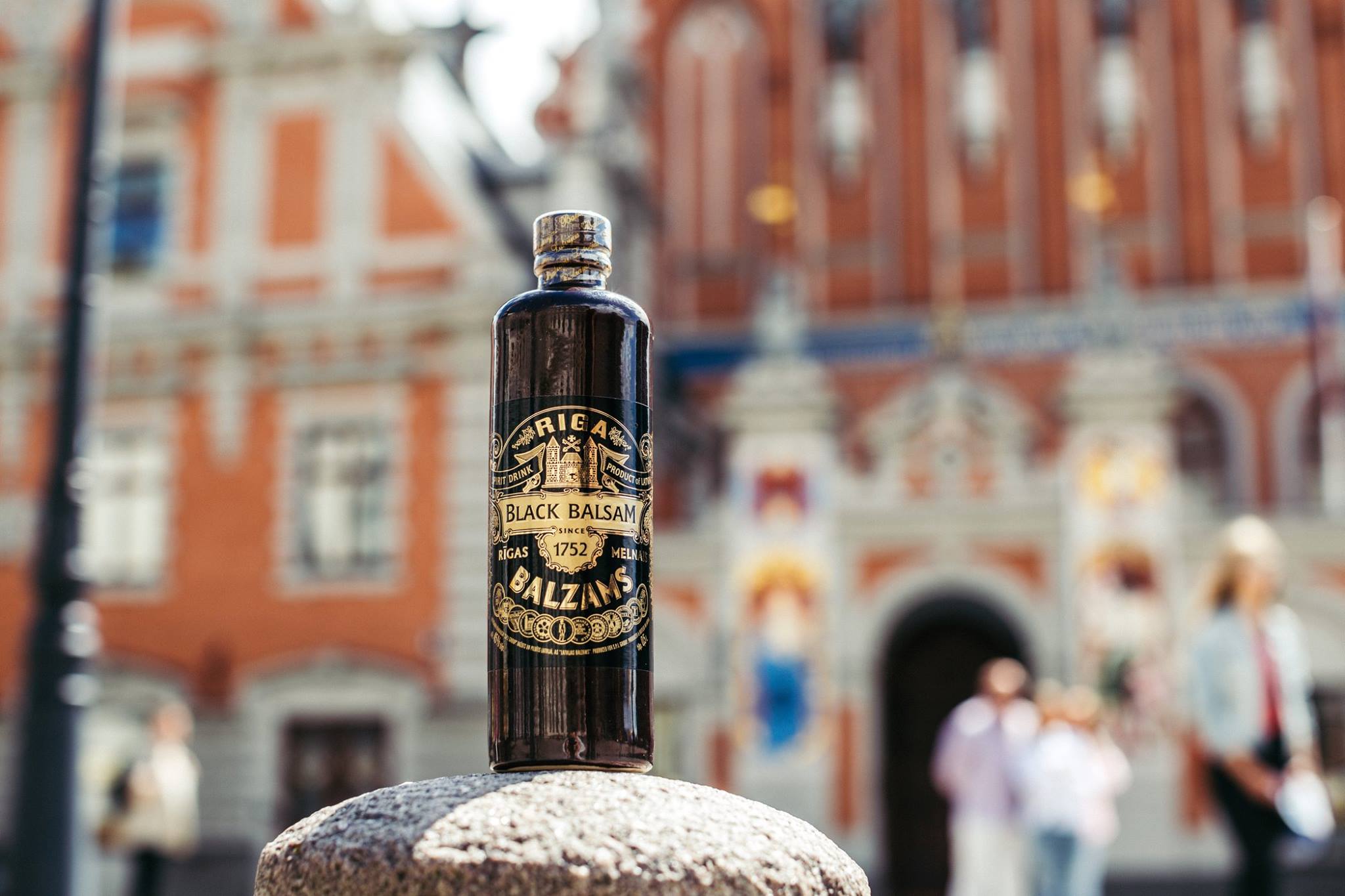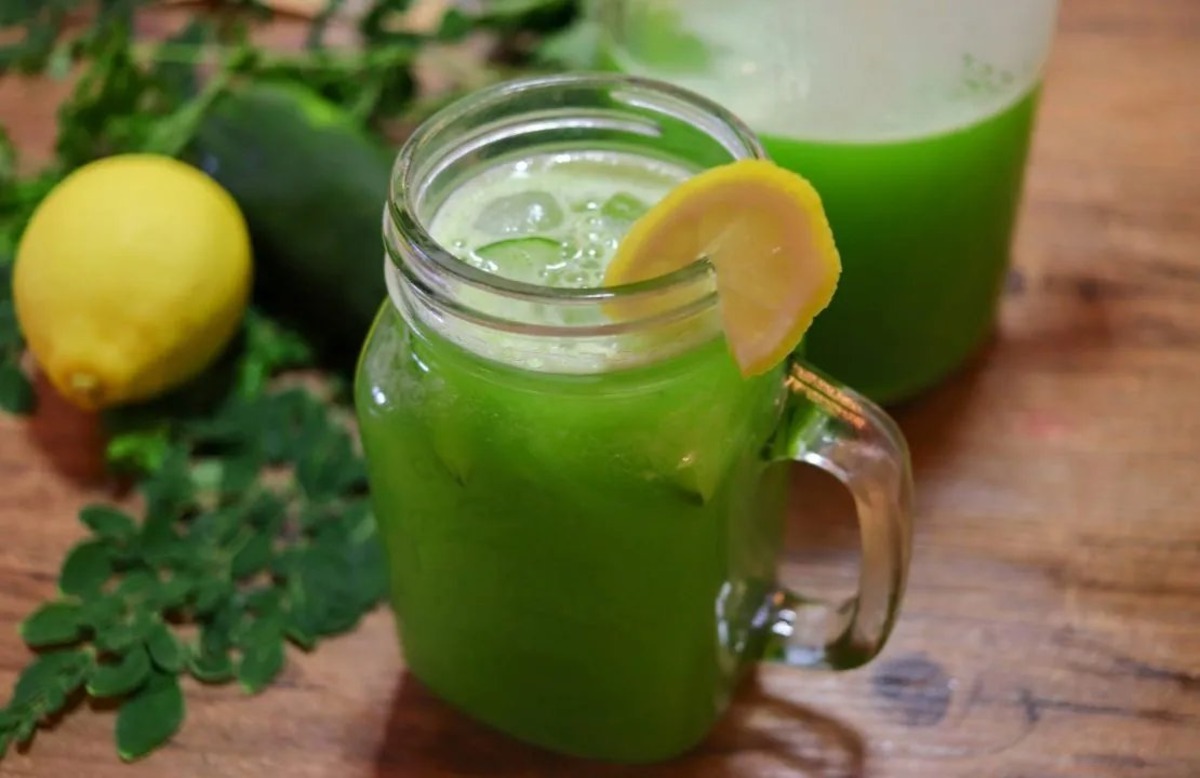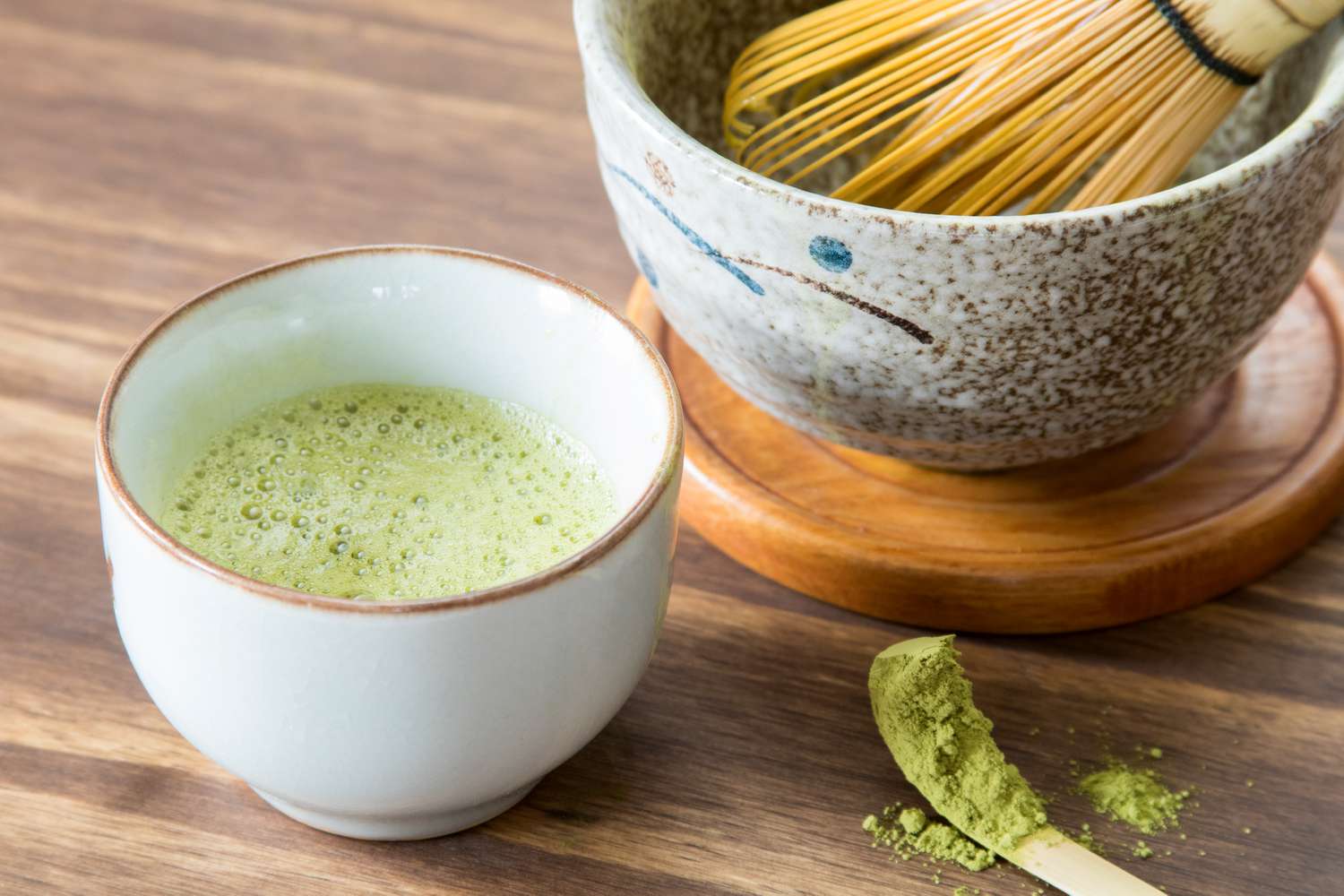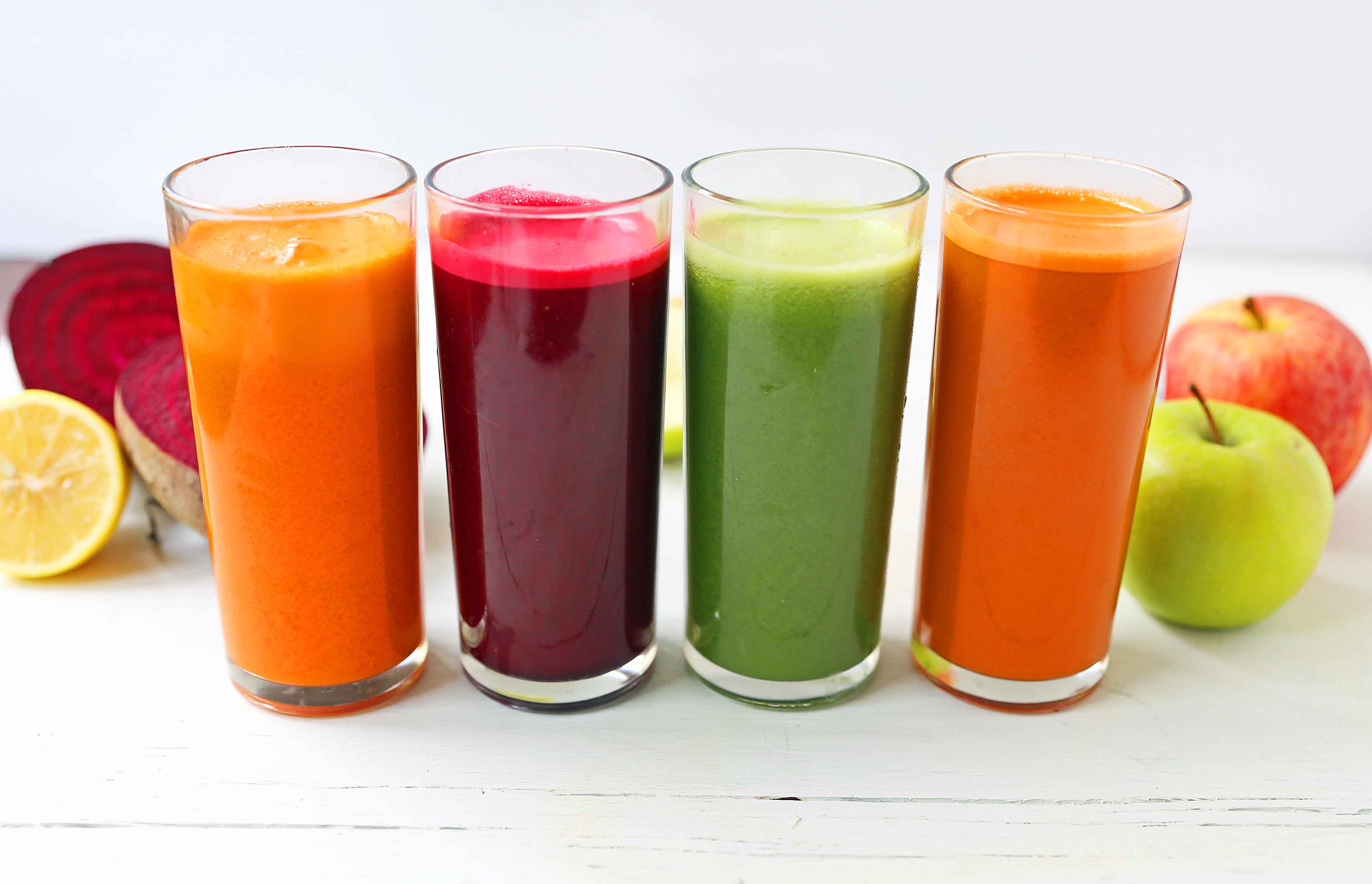Discovering the Art of Sake Drinking
Welcome to the wonderful world of sake, the traditional Japanese rice wine that has been enjoyed for centuries. Whether you’re new to sake or a seasoned enthusiast, there’s always something new to learn about this fascinating beverage. From understanding the different types of sake to mastering the art of serving and savoring it, here’s a guide to help you appreciate and enjoy sake to the fullest.
Understanding Sake Varieties
Before you start sipping, it’s essential to familiarize yourself with the various types of sake available. Here are the main categories:
- Junmai: This type of sake is made with only rice, water, yeast, and koji. It has a rich, full-bodied flavor and is often enjoyed warm.
- Ginjo: Ginjo sake is brewed with rice that has been polished to remove at least 40% of its outer layer. It’s known for its fragrant aroma and delicate taste.
- Daiginjo: Considered the pinnacle of sake brewing, daiginjo is made from rice that has been polished to 50% or less of its original size. It boasts a smooth, refined flavor and is best enjoyed chilled.
- Nigori: Nigori sake is unfiltered, resulting in a cloudy appearance and a creamy, sweet taste. It’s often served with dessert or spicy dishes.
Serving Sake with Style
When it comes to serving sake, presentation is key. Here are some tips for serving sake in traditional Japanese style:
- Choose the Right Vessel: Sake can be served in a variety of vessels, including small ceramic cups called ochoko, or in a glass known as a choko. For a more formal setting, consider using a tokkuri, a traditional sake decanter.
- Warm or Chilled: Depending on the type of sake, it can be served either warm or chilled. Junmai sake is often enjoyed warm, while ginjo and daiginjo are best served chilled to preserve their delicate flavors.
- Enjoy the Pour: When pouring sake for others, it’s customary to hold the tokkuri with two hands as a sign of respect. Pour gently and avoid overfilling the cups.
Appreciating the Sake Experience
Now that you have your sake poured and ready to drink, it’s time to savor the experience. Here are some tips for fully appreciating the flavors and aromas of sake:
- Take a Moment to Inhale: Before taking your first sip, pause to inhale the aroma of the sake. Notice the subtle notes and fragrances that contribute to its overall character.
- Sip and Savor: When you take a sip of sake, let it linger on your palate for a moment. Notice the complexity of flavors and how they evolve as you savor the drink.
- Pair with Food: Sake is incredibly versatile and pairs well with a wide range of cuisines. Experiment with different food pairings to discover how sake can enhance the flavors of your meal.
Conclusion
Drinking sake is not just about consuming a beverage; it’s about embracing a rich cultural tradition and savoring the artistry of the brewing process. Whether you prefer it warm or chilled, paired with sushi or enjoyed on its own, sake offers a world of exploration for your palate. So, the next time you pour yourself a glass of sake, take a moment to appreciate the craftsmanship and centuries-old tradition that goes into every sip.
Exploring Sake in Culinary Creations
Having mastered the art of drinking sake, why not extend your skills into the kitchen with some inspired recipes? From the delicate flavors of Sake-Steamed Clams to the rich depth of Sake-Braised Pork Belly, each recipe offers a unique way to enjoy this versatile beverage. For beginners, the Sake Cucumber Salad is an easy yet refreshing start. Those with a sweet tooth might prefer to indulge in Sake-Infused Chocolate Truffles, blending the subtle notes of sake with rich chocolate. Whichever recipe you choose, incorporating sake into your cooking can transform simple ingredients into an extraordinary meal.
Was this page helpful?
Read Next: How To Drink Saunf Water











